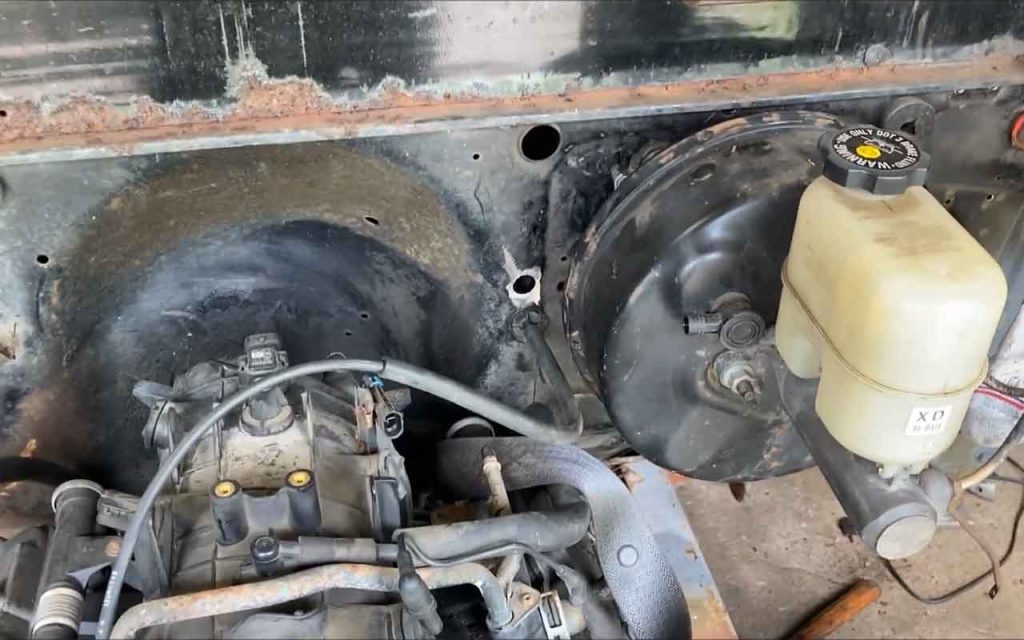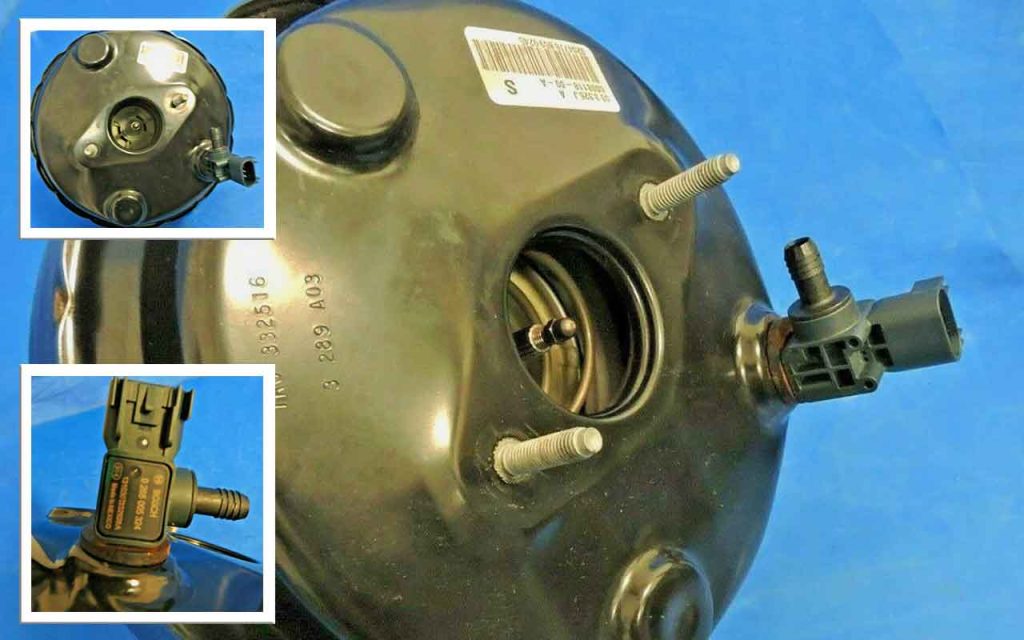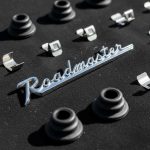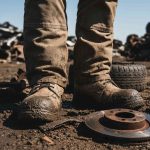When your power brake booster fails, you know it immediately. The brake pedal suddenly feels rock-hard, stopping the car requires serious leg power, and the whole situation becomes unsafe fast.
Buying a brand-new brake booster can set you back a few hundred dollars—or even more for certain vehicles. But there’s a smarter option: junkyards. These places often have OEM-quality boosters at a fraction of the cost, and with the right inspection, you can get one that will last just as long as new.
This guide will walk you through how to find, inspect, and safely remove a power brake booster from a junkyard in 2025.
Why a Used Power Brake Booster Is Worth Considering
Buying used doesn’t mean settling for less. In fact, most junkyard boosters are pulled straight from cars that were running fine before being totaled or scrapped.
Benefits of buying used include:
- Cost savings: Often 50–80% cheaper than new.
- OEM fit: Direct replacements without modification.
- Availability: Junkyards have huge inventories across many makes and models.
👉 Read more: When to Buy Used Auto Parts
OEM Quality vs Aftermarket Options
When you pull a booster from a junkyard, chances are it’s OEM—the same exact part the factory installed. That means it’s more likely to fit perfectly and last longer compared to some aftermarket alternatives.
Aftermarket boosters exist, but they can vary in build quality, tolerances, and durability. With OEM, you know what you’re getting.
👉 Related read: OEM Car Parts Meaning, Quality, and Junkyard Availability
Where to Find Power Brake Boosters in Junkyards
Locating one isn’t complicated. A power brake booster is mounted directly to the firewall in the engine bay, usually behind the master cylinder. Look for a round, black, metal canister about the size of a dinner plate.
Example: If you’re pulling parts from a Ford F-150, you’ll find the booster just behind the brake fluid reservoir.

👉 Related read: Get Used Ford F-150 Parts from Local Junkyards
Price Guide for Power Brake Boosters
Prices can vary by yard and location. Here’s a quick look at what you might expect to pay in 2025:
| Location | Price |
|---|---|
| Davie, FL | $39.63 |
| Ontario, CA | $12.40 |
| Virginia | $28.85 |
Keep in mind some yards add a core charge, which you get back if you return the old unit. Prices may also vary depending on whether the part came from a sedan, truck, or SUV.
👉 Check pricing at: U Pull It – Davie, FL
How to Inspect Before Buying
Not every booster will be worth pulling. Here’s what to check:
- Inspect the flange for rust or warping.
- Make sure the diaphragm isn’t dented or crushed.
- Verify the check valve is intact and not cracked.
- Look for clean vacuum ports free of debris.

👉 Learn more: This Is How I Find High-Quality Auto Parts at Salvage Yards
Safety Tips for Removing a Brake Booster
Removing a booster requires patience and some protective gear.
Bring along:
- Safety gloves
- Protective goggles
- A good ratchet set with extensions
⚠️ Be cautious of brake fluid exposure when disconnecting the master cylinder.
👉 Related read: Get OEM Used Suspension Parts at Salvage Yard
Why Junkyard Boosters Beat Rebuilt or New
Some drivers automatically assume new or rebuilt is better. But that’s not always the case.
Pros of Junkyard OEM Boosters:
- OEM quality at junkyard prices
- No unknown aftermarket tolerances
- Proven durability
Cons:
- No guarantee of part life
- Possible cosmetic wear
Many enthusiasts report that OEM boosters pulled from junkyards outlast remanufactured versions—mainly because the original parts were built to last.
Example: Toyota Camry Brake Booster
If you’re working on a Toyota Camry, junkyards often have multiple generations available. Always double-check year compatibility and part numbers to ensure the right fit.
👉 Learn more: Used OEM Toyota Camry Parts at a Local Junkyard
Frequently Asked Questions
1. Do junkyard brake boosters come with a warranty?
Some yards offer a limited return policy, but most are sold “as-is.” Always ask before buying.
2. Can I test a power brake booster before pulling it?
Not usually. Since the engine isn’t running, you’ll have to rely on visual inspection.
3. How do I know if a booster fits my car?
Cross-check part numbers online or compare directly with your current unit.
4. What if the check valve is missing?
You can often reuse your existing check valve or buy a new one for a few dollars.
5. Should I replace the master cylinder along with the booster?
It’s not always necessary, but many mechanics recommend replacing both at the same time if your master cylinder is old or leaking.




Leave a Reply
You must be logged in to post a comment.